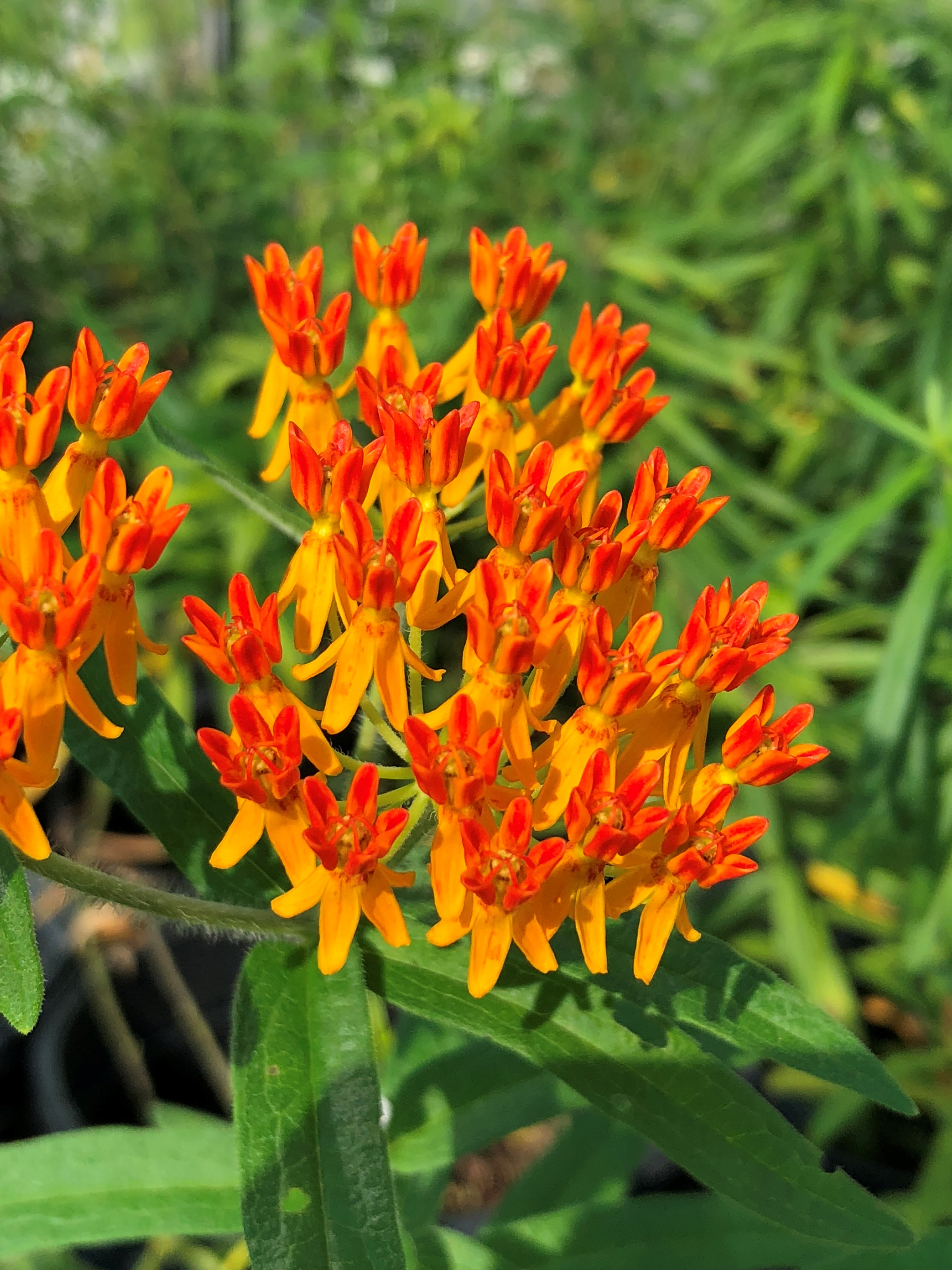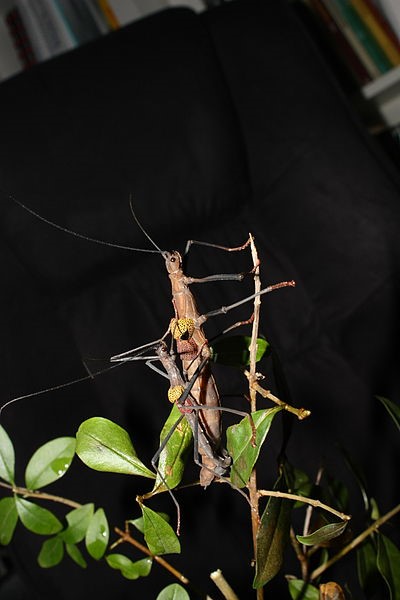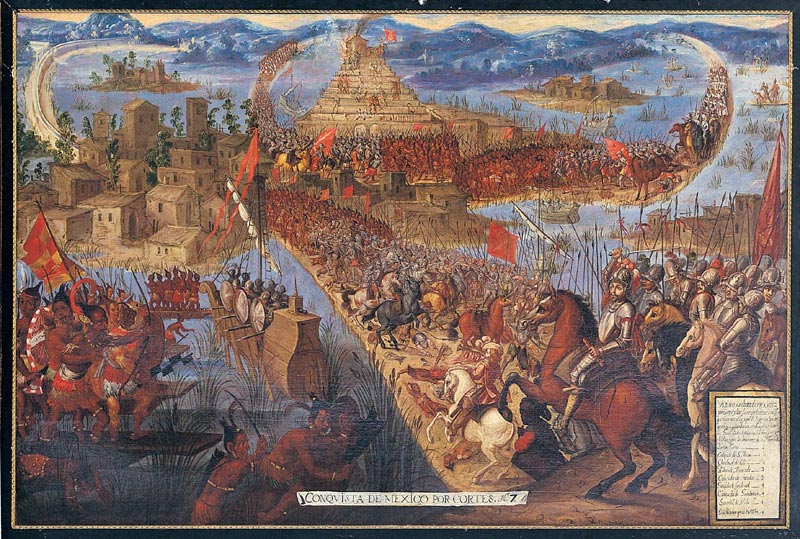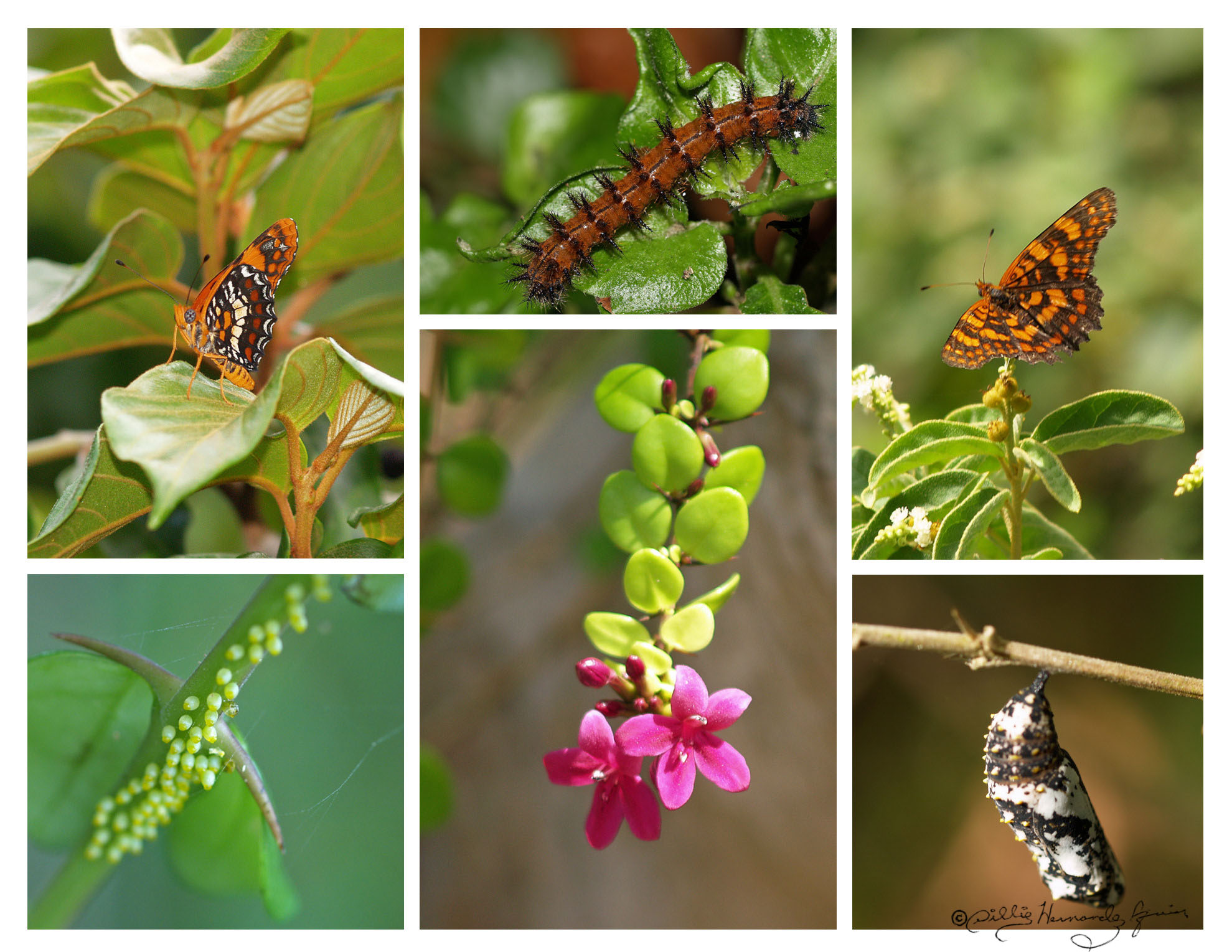When we work in the Cockrell Butterfly Center, we often talk to guests from many different countries around the world, but most of the time there is no way for us to know just how far our patrons have come. Recently we got a glimpse into the travels of our patrons in the midst of a very dirty job.
The pool on the Cenote level of the Butterfly Center is frequently used as a sort of wishing well by our patrons. There are no fish in the turbulent water, so the coins do not cause any problems. This winter the waterfall feature was turned off for several days for maintenance, and we took the opportunity to drain the pond and thoroughly clean it. While we were cleaning, we collected coins, some on the surface and some deeply buried in the pebbles at the bottom of the pond. Once we had cleaned the coins and started to sort them, we were amazed by the variety: 52 different currencies were represented in the coins from the Cenote pond.
Many of the coins we found were as expected. We found the most coins from the United States followed by Mexico with the third most from Canada, as would be expected for our location in Houston, Texas. There were coins from many South and Central American countries as well, including Columbia, Chile, Peru, Ecuador, Brazil, Costa Rica, Guatemala and Venezuela. From Europe we mostly had Euros and Pounds from the UK, but we also found coins from the Czech Republic, Iceland, Switzerland, Croatia, and Poland among others. Among the Euros we found, most originated in Germany with the second most from France and the third most from Spain.
We had coins from both Russia and Turkey as well as coins from Israel, Bahrain, and a surprisingly large amount from the United Arab Emirates. We saw many coins from China, India, Japan, the Philippines, and Korea as well as one or two coins each from Thailand, Hong Kong, and Indonesia. We found coins from both New Zealand and Australia, though not in large numbers, but we only found coins from three African countries: South Africa, Uganda, and Nigeria.
Some currencies we found don’t exist anymore, including the German Mark and the Dutch Guilder, which have been replaced by the Euro. We also found a 25 cent Netherlands Antillian Guilder piece, which is still used on Curaçao and Sint Maarten, though there are plans to replace the currency with the Caribbean guilder eventually.
While we do not know if the people who tossed the coins in the pond were tourists visiting Houston, Houston locals tossing in a few coins leftover from their recent visits, or were thrown in for another reason entirely, it does give us an idea of just how far people come to end up at the Museum of Natural Science.













